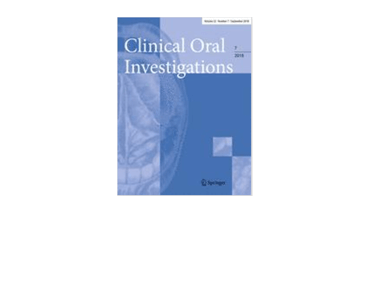Collagen 2A Type B Induction after 3D Bioprinting Chondrocytes In Situ into Osteoarthritic Chondral Tibial Lesion. B Gatenholm, C Lindahl, M Brittberg, S Simonsson.
Date: February 2020. Source: CARTILAGE. https://doi.org/10.1177/1947603520903788 Objective: Large cartilage defects and osteoarthritis (OA) cause cartilage loss and remain a therapeutic challenge. Three-dimensional (3D) bioprinting with autologous cells using a computer-aided design (CAD) model generated from 3D imaging has the potential to reconstruct patient-specific features that match an articular joint lesion. Design: To scan a human…
Details









